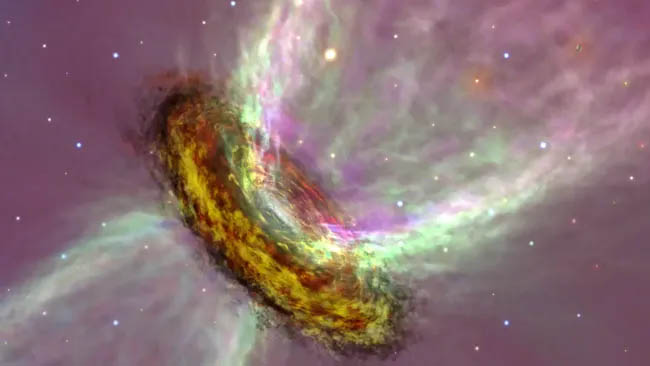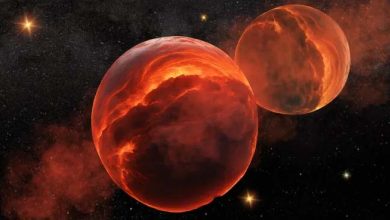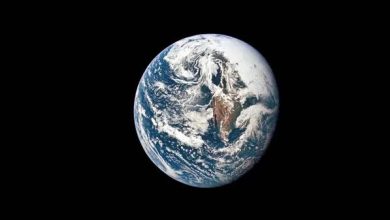Birthing baby stars: Studying the dusty ‘pancake’ that feeds planets

Science: Using the James Webb Space Telescope (JWST), astronomers have obtained a more detailed picture of the turbulent “pancake” of gas and dust surrounding young stars, which nourish them and facilitate their evolution before planets are born. The JWST collected new details about the flow of the “winds of change” of gas that flow through these protoplanetary disks, forming their shapes. In the process of doing so, the powerful space telescope observed evidence of a long-hypothesized mechanism that allows a young star to gather the material from the disk it needs to grow.
A team led by University of Arizona astronomers collected observations of four protoplanetary disk systems, all of which appear edge-on when viewed from Earth. Offering the most comprehensive look yet at the forces that shape protoplanetary disks, they offer a glimpse into our solar system and the nascent sun, about 4.6 billion years before Earth and the other planets formed. “Our observations strongly suggest that we have obtained the first detailed images of winds that can remove angular momentum and solve a long-standing problem of how stars and planetary systems form,” team leader Ilaria Pascucci, of the University of Arizona’s Lunar and Planetary Laboratory, said in a statement. “How a star gains mass has a huge impact on the evolution of the surrounding disk over time, including the subsequent formation of planets,” Pascucci said. “Exactly how this happens is not yet understood, but we think that winds driven by magnetic fields across much of the disk’s surface may play a very important role.”





